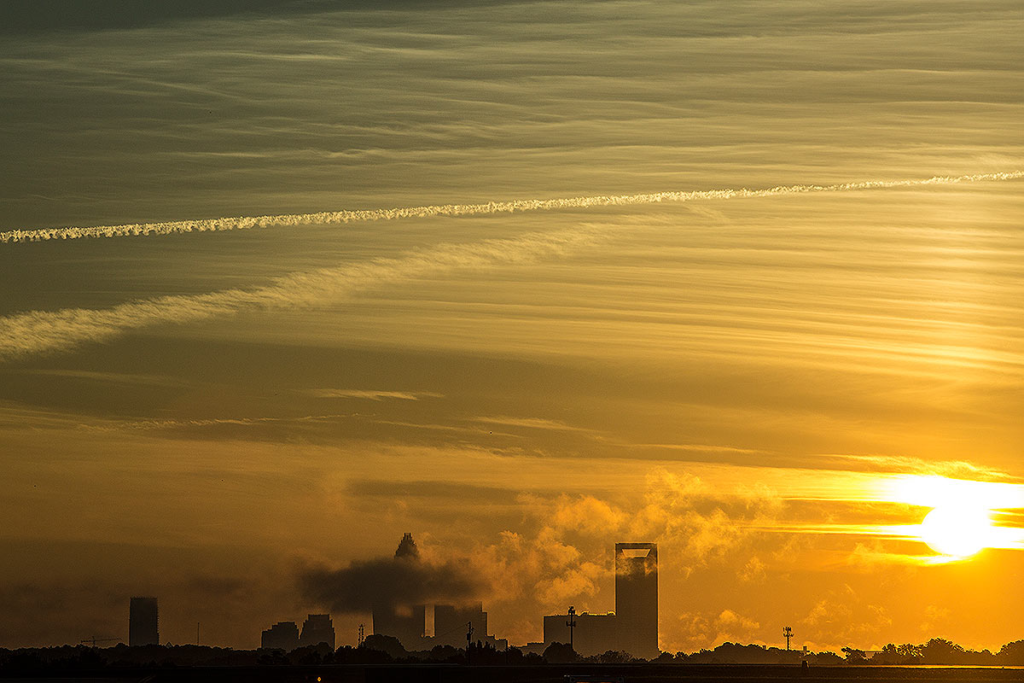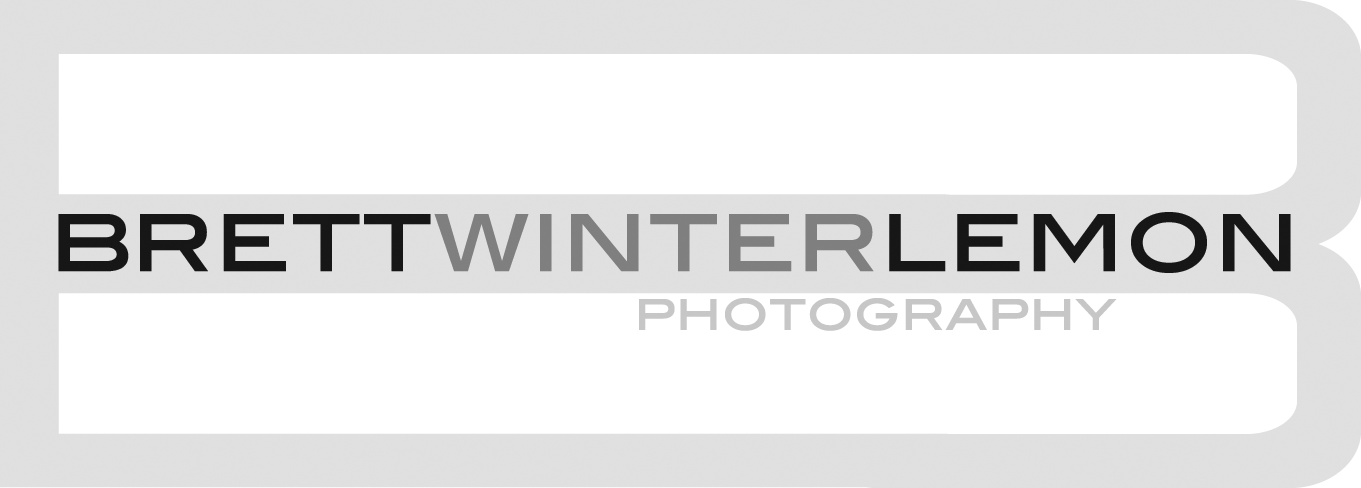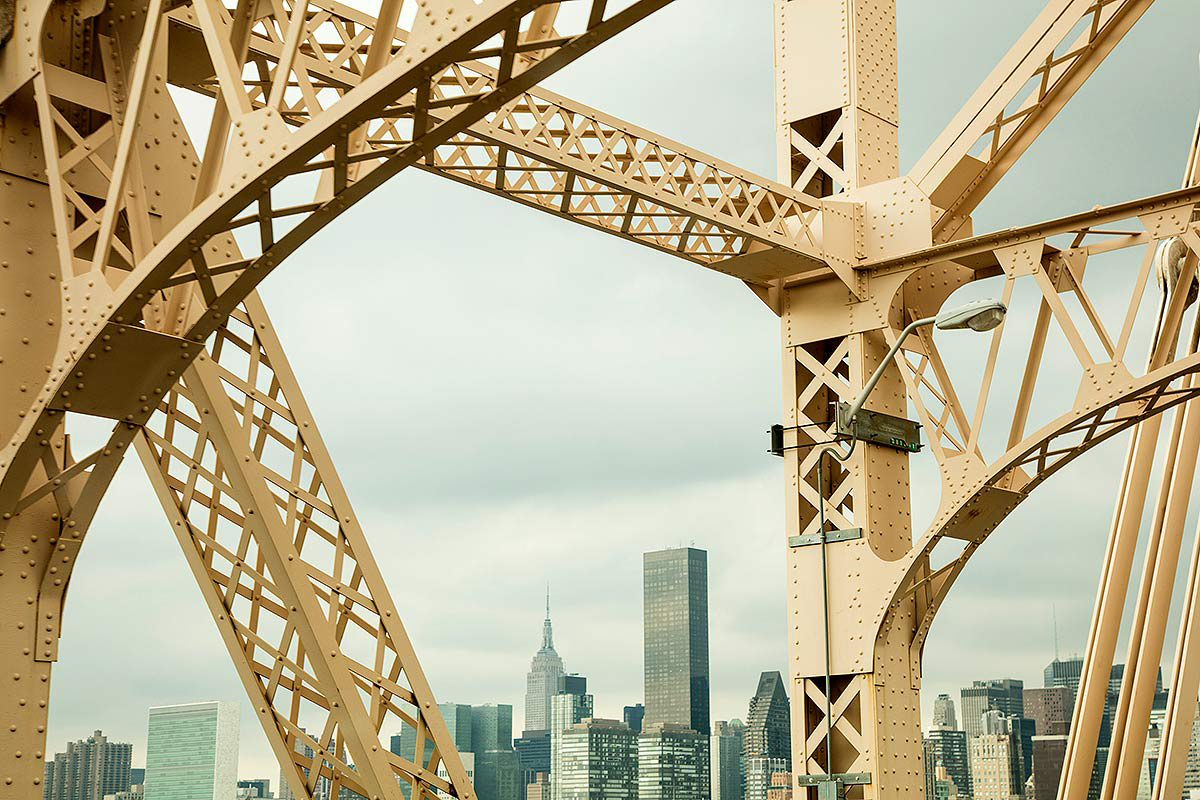Information on DSLR Cameras
Lenses are arguably the most important aspect to producing high quality images. Most photographers would rather use a high-quality lens on a lower quality camera, than a great camera with a less than preferable lens.
There are many different types of lenses available for photographers in today’s industry. It is important to have a basic understanding of different lenses because the lens you use will determine the end result of your image. The type of photography you want to shoot also impacts the type of lens you should choose. This blog post will explore a few important aspects you should know before choosing a lens.
Focal Length
One of the main considerations of lenses is the focal length. In technical terms, the focal length is the distance between the optical center of the lens and the sensor. This is most easily seen in the difference between wide frame shots and narrow frame shots.
Full frame camera standards are 50mm which is about the equivalent of what a human eye sees. Focal lengths shorter than 50mm are used on wide-angle lenses and portray a wider view than that which we normally see. Focal lengths longer than 50mm are used on telephoto lenses and have a much narrower and zoomed-in perspective than that which a human eye can perceive. Different focal lengths offer different advantages to photography and can each be used in a number of creative ways.
Camera lenses can also come in fixed lengths or zooms. Fixed lengths only have one focal length while zooms can cover a wider range of focal lengths.
Aperture
Every lens has a limit on how small or large the aperture will go. These minimum and maximum apertures are usually specified on the outside of the lens as F-stops. Maximum aperture is another important thing to consider when choosing a lens for your camera. An F1.8 lens is capable of letting more light in than an F4 lens or a higher aperture lens. Advantages to these larger apertures are the ability to shoot in lower light and produce higher-quality images. Larger apertures also produce a shallower depth of field and add dimension to a photo by blurring the background.

Types of Lens
The next section compares three of the most popular types of lenses, wide-angle, standard, and telephoto. While these are the only three compared here, there are many other popular lenses, including specialist lenses like the fish-eye and macro lenses.
Wide Angle
Wide-angle lenses use a focal length between 24mm and 35mm, but an ultra-wide-angle lens can go even lower than 24mm. Photos taken with this lens typically feature a large depth of field and magnify the distance between subjects in the foreground and background. A negative aspect of this lens is there is often perspective distortion, which doesn’t make it a good lens for portraits. However, wide angles are excellent for architecture, interior, and landscape photography.
Standard Lens
The focal length range of a standard lens is between 35mm and 70mm. Normal lenses typically have larger maximum apertures which allow for low light capabilities and shallow depth of field. This focal length has a more natural feel than a wide-angle lens or a telephoto lens and resembles more closely what the human eye sees. These standard lenses are very versatile and are popular in all types of photography, especially portrait photography.
Telephoto
Telephoto lenses have a focal length that is larger than 70mm and often starts at 135mm. Telephoto lenses are especially beneficial because they draw out specific details in images and can focus on far-away subjects. These lenses typically have a narrow depth of field and tend to portray subjects closer together, opposite of a wide-angle lens. Usually, telephoto lenses are used for sports and wildlife photography but are also sometimes used for landscape or portrait photography.

A guest blog by Kaitlyn


